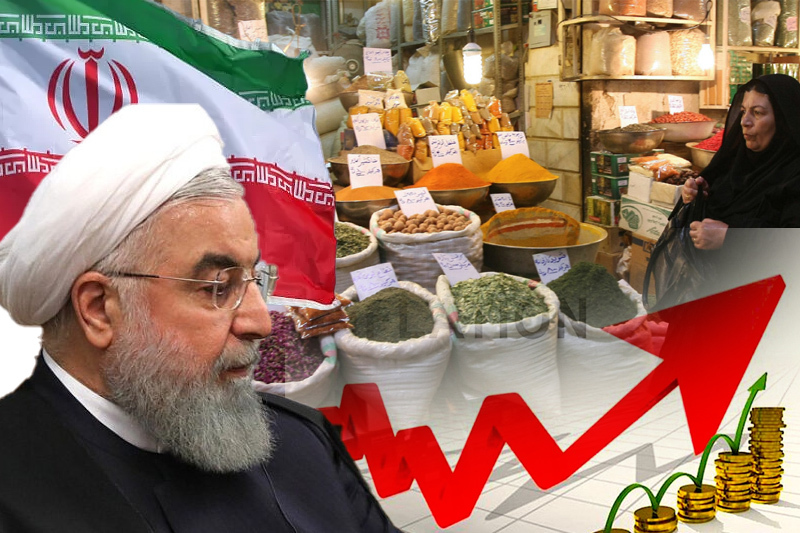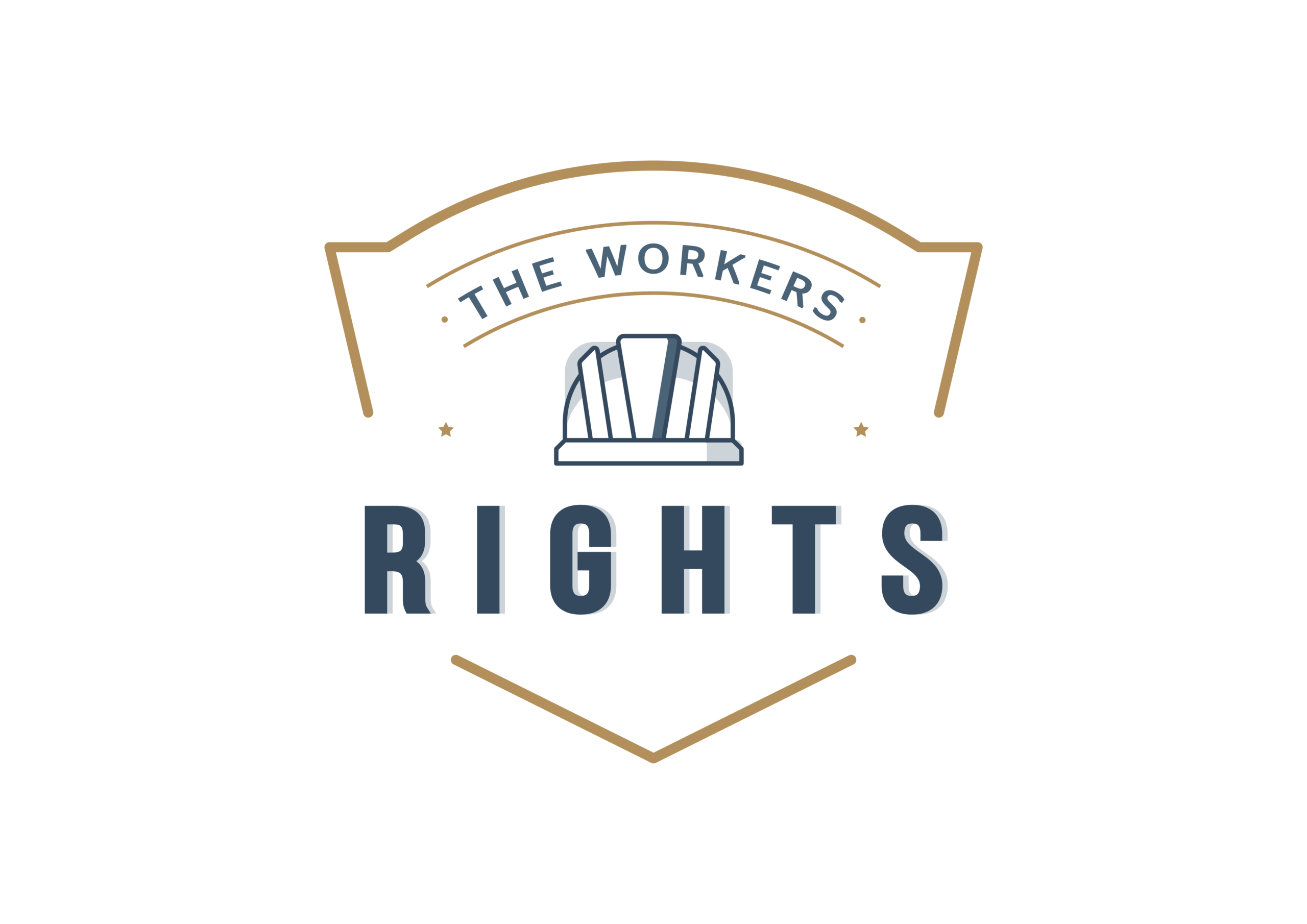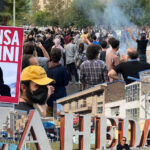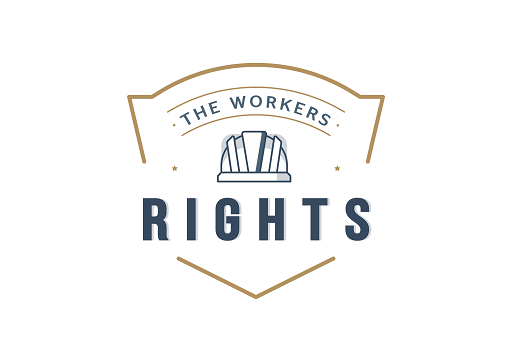
criticism of deteriorating economic conditions
Iran – When Nader, a 41-year-old employee at a construction company in Tehran, buys groceries, he constantly adjusts his list as he roams the aisles, double-checking prices and factoring them into his budget. His basket continues to shrink as inflation rises: a year ago he gave up red meat and then chicken. Now that Nader’s savings have run out and his rent has doubled, even cheese and eggs are becoming a luxury.
Nader, like the tens of thousands of Iranians who have taken part in nationwide protests against the government in the past two weeks, has plenty to choose from: rising prices, high unemployment, corruption, political repression and a law requiring women to dress modestly and elegantly. cover their hair. This latest release caused riots when a young woman, Mahsa Amini, died in the custody of the vice police two weeks ago. But the deplorable state of Iran’s economy is one of the main reasons why Iranians are taking to the streets demanding change.
Armed with frustration at the inability of successive administrations to improve the economy, protesters chanted “Death to a dictator” calling for an end to Iran’s rigid and inflexible clerical leadership and the Islamic Republic it built.
Economic despair is one of the factors that unite opponents and supporters of the government. Abdolreza Dawari, a conservative analyst, denounced the recent protests in a tweet last week but acknowledged that 95 percent of Iranians, regardless of their political views, are “worried about their livelihood today and about their future and the future of their children.”
Decades of mismanagement and corruption, exacerbated by two rounds of US-led suffocating sanctions aimed at curbing Iran’s nuclear and missile programs, along with the pandemic, have froze Iran’s economy to pre-2012 levels or worse.
Iranians, who have slashed their budget over the past few years by begging for jobs and postponing marriage and children, are angry – angry, by and large, at their leaders, whom they hold responsible for mismanagement.
Keep Reading
Middle class Iranians had to change their lives. Many members of the working class live below the poverty line. Businesses and livelihoods are collapsing; rent has increased exponentially. Foreign goods and brands disappear from stores or become incredibly expensive. The Iranian rial has lost so much value that Iran introduced a new currency, the toman, essentially to cut the four zeros off the banknotes Iranians carry in stacks for everyday purchases.
As the new sanctions took effect, Iran’s leaders remained defiant, claiming the emergence of a “resistance economy” that would make the country more self-sufficient and less dependent on oil imports and sales. The government invested in domestic industry, encouraging Iranians to buy local products. He also continued to evade sanctions by selling his oil to China at a reduced price.
Such measures helped the economy fall to its knees, expanding by more than 4 percent in 2021. In recent months, inflation has somewhat slowed down.
But for many Iranians, this has not helped make up for years of unrest and suffering. Many lost faith in the system as successive rounds of elections failed to bring about the political, economic and social reforms they demanded and protest was their only recourse.
President Ebrahim Raisi, an ultra-conservative who took office last year after an election that disqualified most other viable candidates, has promised to bring inflation down to single digits within a few years, boost economic growth and create nearly two million jobs by March 2023. His plan of “economic surgery”, according to many economic analysts, led to increased inflation and reduced purchasing power.











